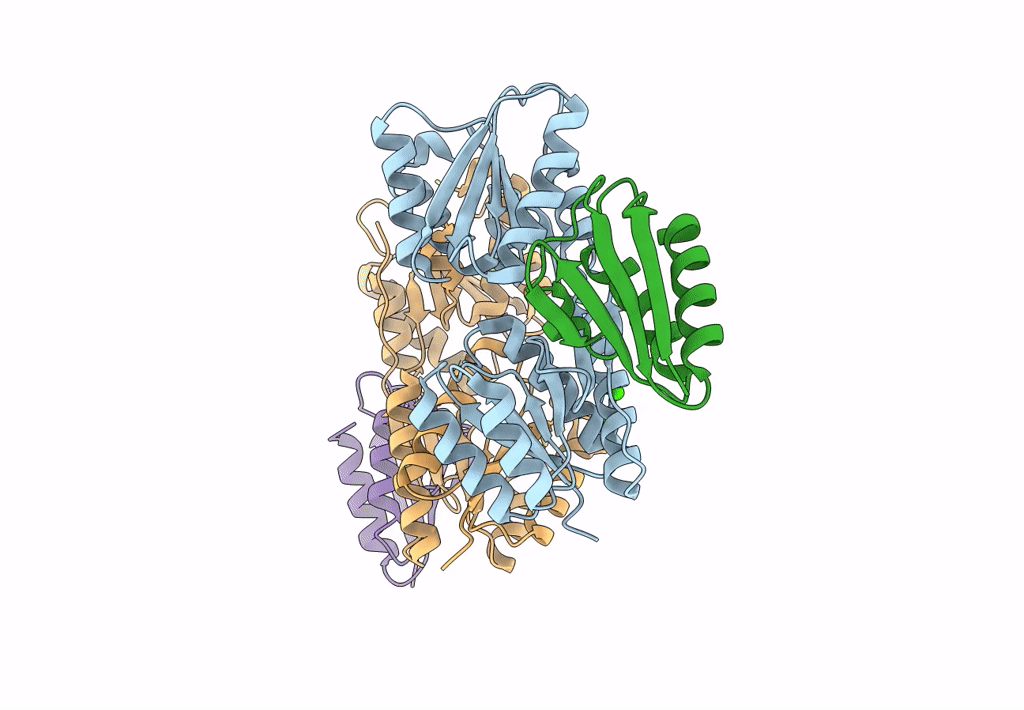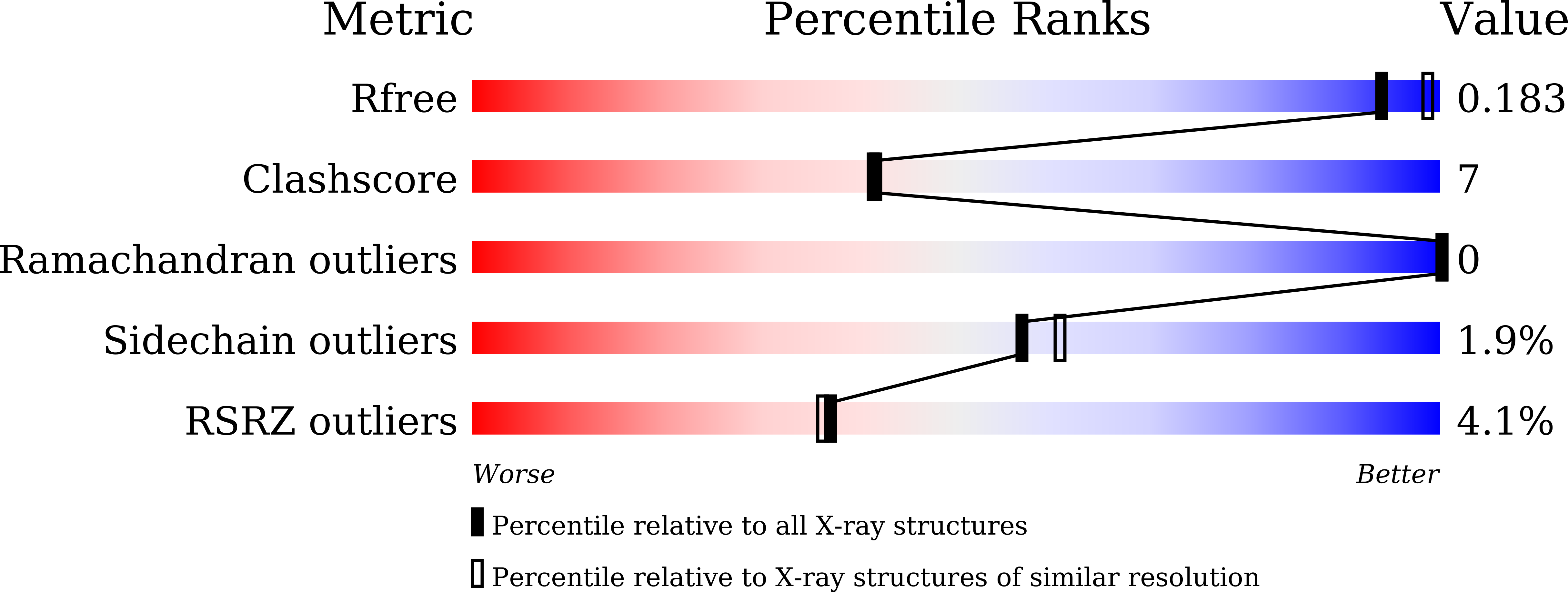
Deposition Date
2022-03-09
Release Date
2023-03-15
Last Version Date
2024-05-29
Entry Detail
PDB ID:
7X7H
Keywords:
Title:
Crystal structure of Fructose regulator/Histidine phosphocarrier protein complex from Vibrio cholerae
Biological Source:
Source Organism:
Vibrio cholerae (Taxon ID: 666)
Host Organism:
Method Details:
Experimental Method:
Resolution:
2.00 Å
R-Value Free:
0.22
R-Value Work:
0.17
R-Value Observed:
0.18
Space Group:
P 21 21 21


